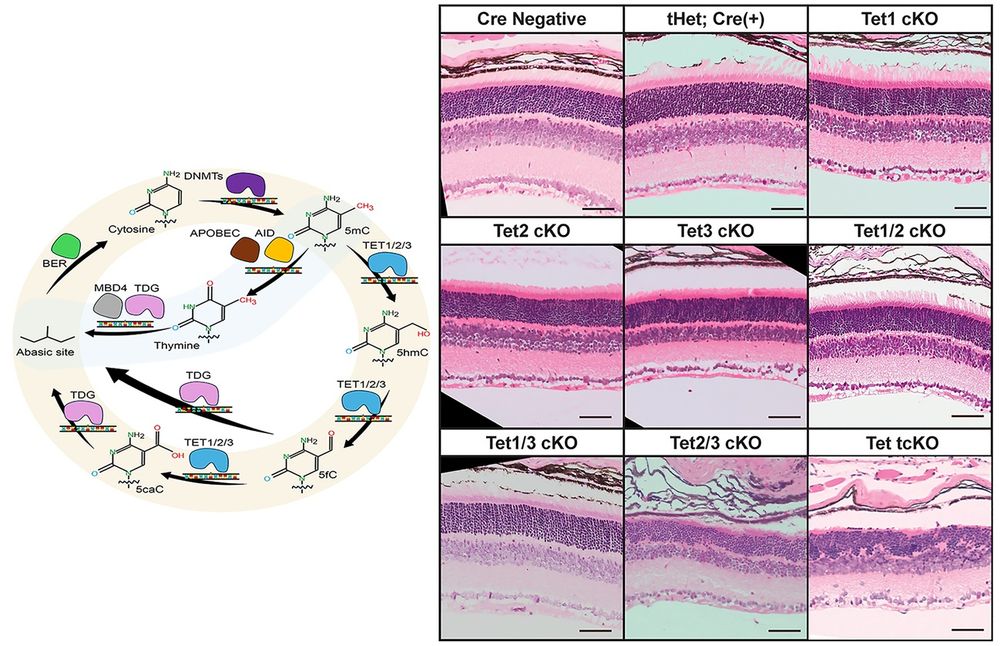Brian Clark
@clark-lab-retina.bsky.social
360 followers
140 following
15 posts
Assist. Prof - WashU - Ophthalmology. Dev biologist studying regulation of retinal cell fate specification - Epigenetics and non-coding RNAs
Posts
Media
Videos
Starter Packs
Brian Clark
@clark-lab-retina.bsky.social
· Aug 22
Reposted by Brian Clark
Kristen Kwan
@blockintheback.bsky.social
· Feb 26

